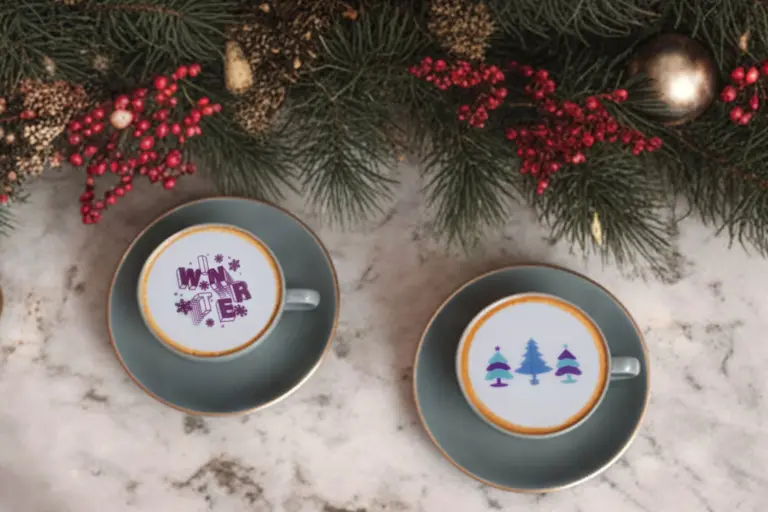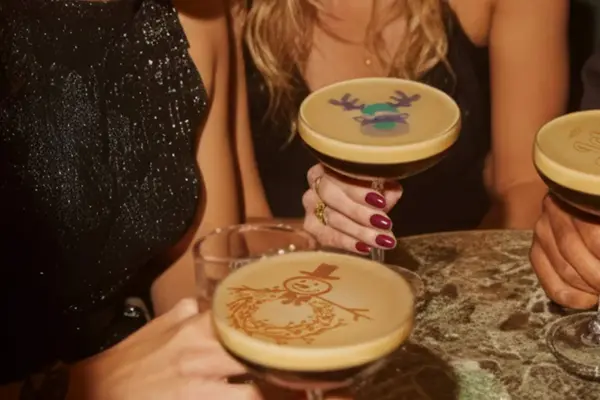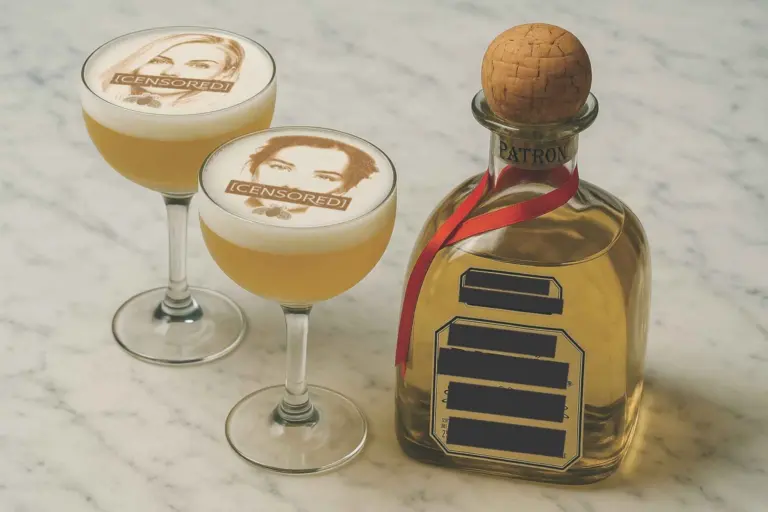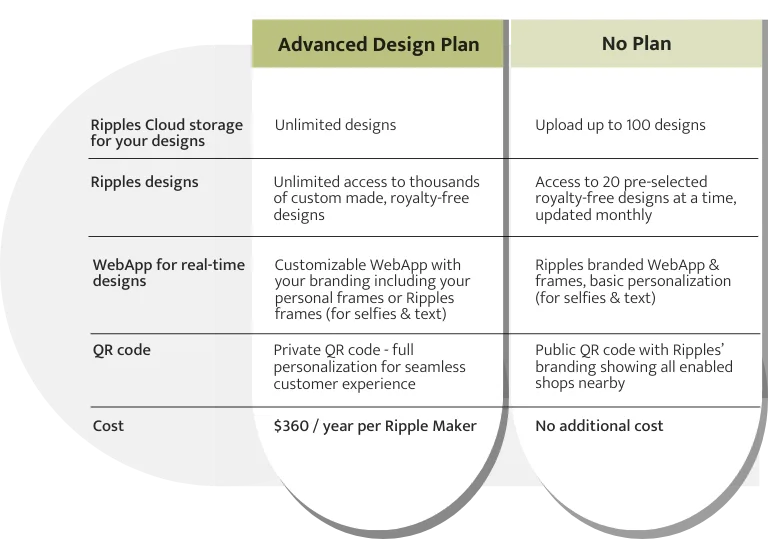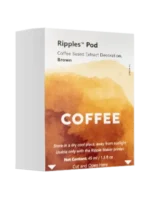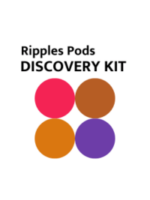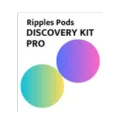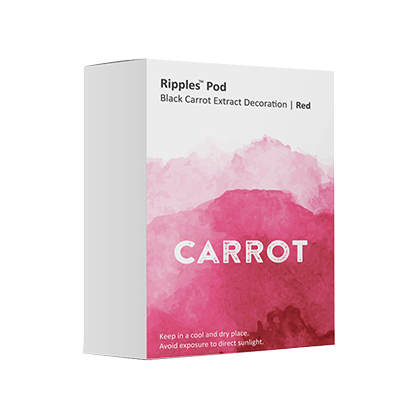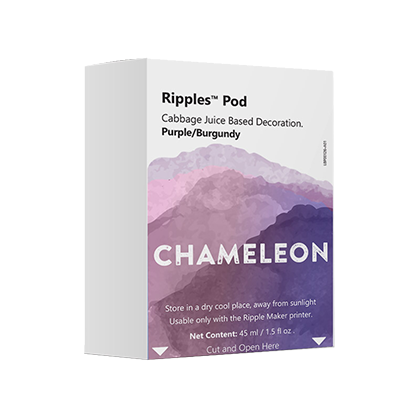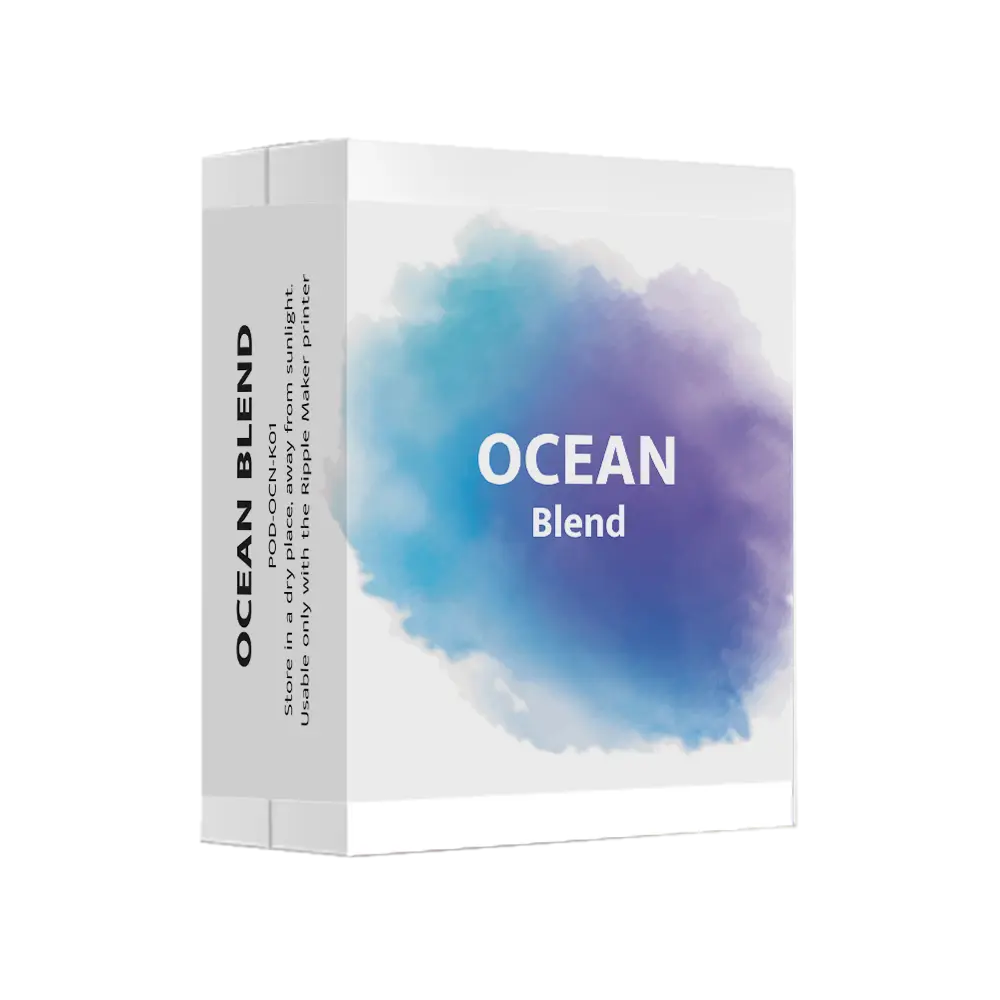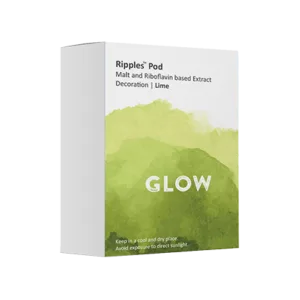The last few years have seen a major upheaval in the food and beverage industry, and it will come to the surprise of no one that it’s millennials driving the change. To capture that lucrative millennial market, everyone from mom and pop shop diners to high-end restaurants to grocery stores and food distributors and manufacturers need to pay attention to the latest trends in food and beverage.
For 2020, that’s going to mean meticulous attention to trends in sustainability and functionality, flavor, mouthfeel and visual appeal. This is the full cheat sheet on food and beverage innovations and trends in the upcoming year.
SUSTAINABILITY & FUNCTIONALITY
The world is waking up and the demand for health-conscious and environmentally-friendly food and beverage options is reaching a peak. Create wasteful, junky food at your peril. The smarter move is to take these trends on board.
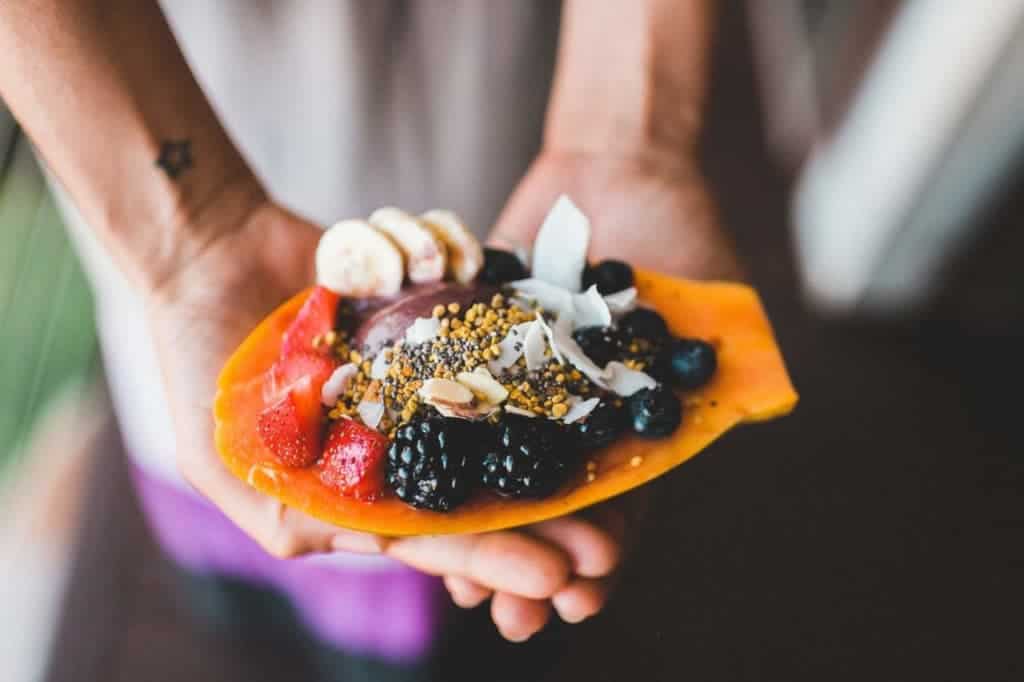
1) Healthy substitutes
Whether it’s replacing meat with plant-based proteins, swapping out dairy for nut, bean and grain milks, or offering gluten-free flour alternatives like coconut and almond, millennials want innovative food and beverage options – ones that don’t rely on old standards like wheat and animal products. Millennials are so conscious of what they’re putting in their bodies they’re even loving reduced- and zero-alcohol cocktails and beer.
2) Add-ins
Millennials are focusing on food as fuel and they’re even taking it a step further and using it as a defense against stress, fatigue and illness. Infuse your food and beverage with adaptogens, which are herbs, roots and select mushrooms that ‘adapt’ their function according to what the body of the person ingesting them needs. Common adaptogens include ginseng, gotu kola and holy basil.
Infusions like CBD, an essential component for achieving the medicinal effects of marijuana, are going to remain hot, as are nutritional supplements like nutritional yeast, seaweed and collagen peptides.
3) Sustainables
Now is the time for true food and beverage innovation. Food producers need to work smarter and harder to offer food and beverage options that slam the brakes on the impact of the industry on the earth and environment because an increased 23% of American consumers are making buying decisions based on sustainability compared to a year ago.
Major trends to adopt in 2020 include edible packaging, sustainable packaging like reusable cups and takeout boxes, sustainably sourced ingredients, and zero waste cooking. Here the shift away from meat and dairy is also important as meat and dairy has a truly massive carbon footprint.
23% of American consumers are making buying decisions based on sustainability compared to a year ago.
FLAVOR
As important as functionality and sustainability may be, taste is always going to be king when it comes to F&B trends. Thanks to millennials, the leading flavors of 2020 are a fun combination of truly adventurous and sweetly nostalgic.
There should be a little something any chef, bartender or food producer can capitalize on.
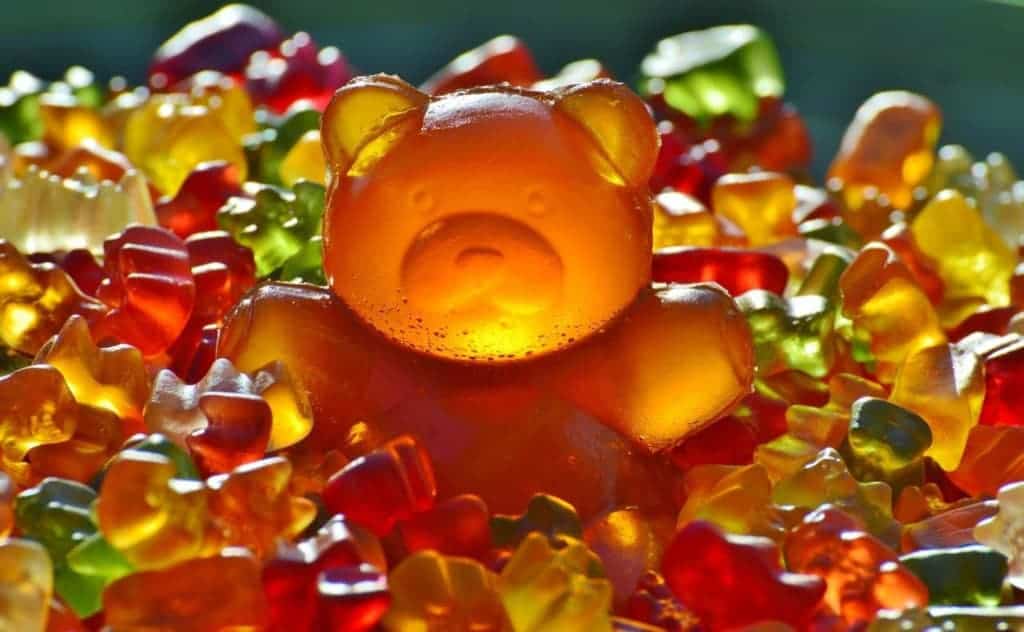
4) Sweet nostalgia
It’s not just you and your occasional late-night craving: gummy candy is experiencing a revival. Whether it’s a classic gummy candy with bright fruity flavors, a vegan gelatin-free gummy candy with elevated flavors like prosecco, or gummy dietary supplements that disguise a nutritional punch in an enjoyable little nibble, everyone is loving the sweet nostalgia of gummies. Cotton candy, cookie dough and marshmallow are other throwback flavors that will continue to hold court in 2020.
5) Sour and fermented
On the opposite end of the spectrum from that sweet nostalgia are the sour, tart and fermented flavors that are poised to take off this year. The Japanese citrus fruit yuzu will be in-demand, as will dragon fruit with its fun pink color, drinking vinegars, and complex, layered sour flavors. Fermentation is also poised to make a significant impact on the food and beverage industry, adding flavor without anything artificial. Fermented beet, carrot and mushroom juices will be particularly popular.
6) Levantine cuisine
Top chefs are looking to The Levant for the dominating flavors of 2020. Levantine cuisine from Israel, Turkey and Lebanon will be the leading influence on global cuisine with its heavily vegan and vegetarian dishes bursting with fresh, spiced and complex flavors.
MOUTHFEEL
Texture and mouthfeel has long been an important aspect of food – even before it became all about making millennials happy. This generation has just taken it a step further and needs that added interest in beverages. From coffee to beer to cocktails, 2020 will be about making beverages just a little more special with these three beverage trends.
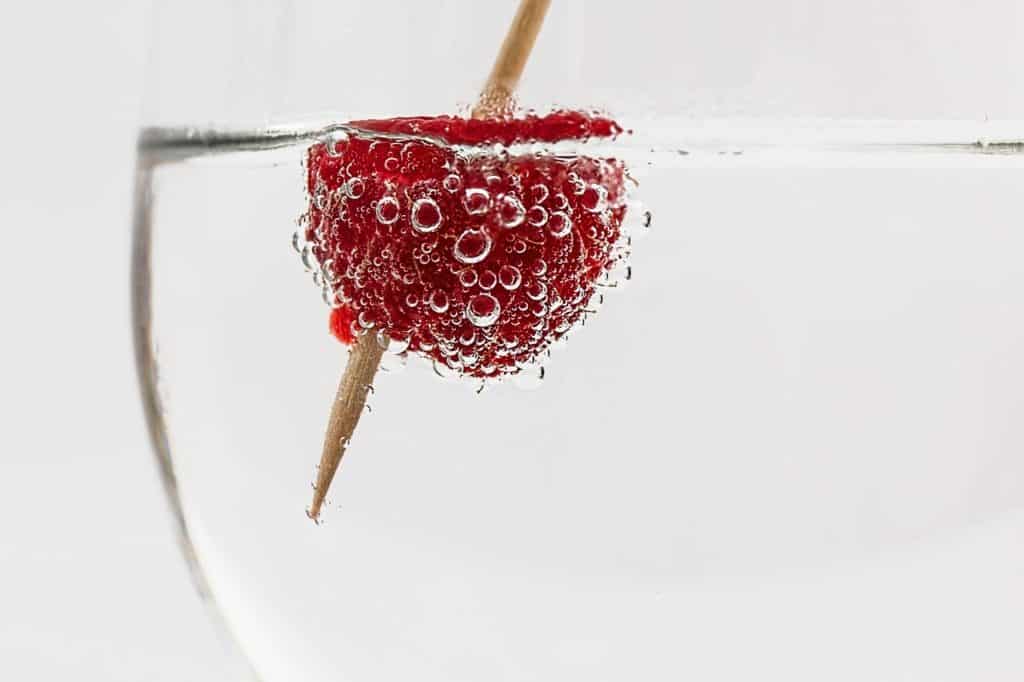
7) Nitro
It’s almost inaccurate to call this a trend. If Starbucks is doing it (and benefiting from it), it’s probably here to stay. Nitro drinks, which typically include hot coffee, cold brew and beer, have been infused with the tiny bubbles of nitrogen gas to produce a thick, silky and satisfying beverage with a smooth head of foam. The mouthfeel of these frothy drinks are a huge hit with millennials.
8) Spritz
Millennials don’t just love their tiny bubbles, they also evidently enjoy it when bubbles are one of the leading characteristics of a beverage. The past few years have seen canned rosé, the Aperol Spritz and spiked seltzer rise to the top as the anointed drink of the summer, and their ascension has been powered by the carbonation present in each one. Refreshing, portable, health-conscious, and cute enough for Instagram. Yep, bubbly alcoholic drinks are a formula for success.
9) Switching
Here comes the science. A particularly crafty bartending professional has hit upon a technique where he freezes alcohol like rum, whisky and other spirits to remove the frozen water from the alcohol while maintaining the liquid alcoholic spirit. He then “switches” out that water content with a juice or other liquid that provides better mouthfeel and better flavor while maintaining the high alcoholic content. In a word: ingenious. This is a technique that is soon going to be everywhere.
VISUAL APPEAL
With the rise of social media and the emphasis on the experience of food and beverage, presentation has to be a significant consideration. Everyone is doing it for the ‘gram, after all. But in 2020, there are three specific trends that have to be tracked when it comes to visual appeal – and one of them is a little surprising.
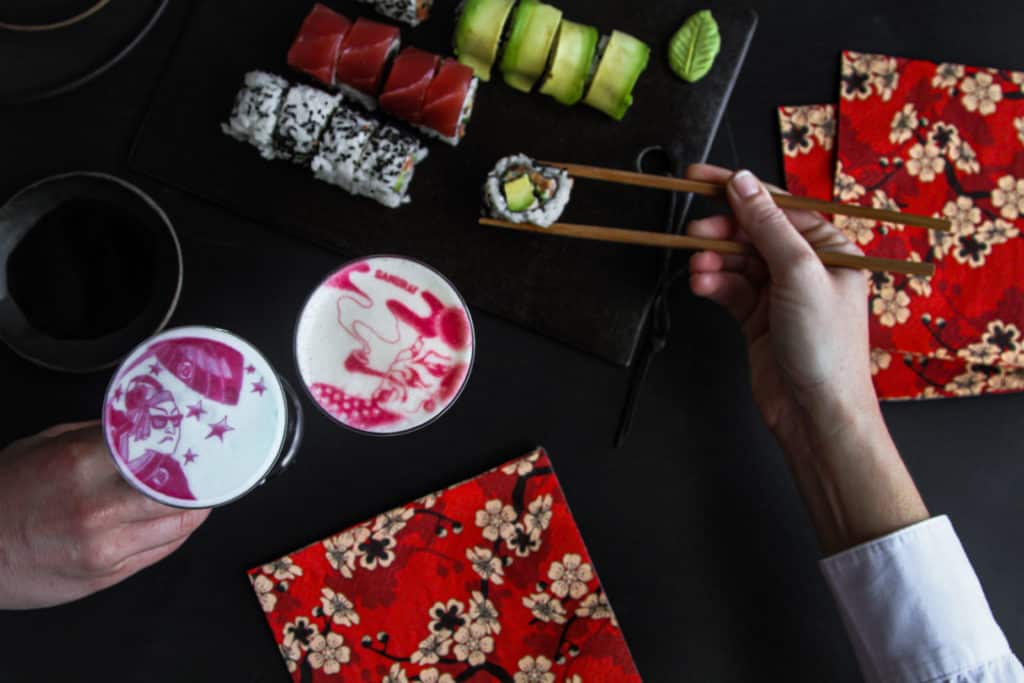
10) Beverage-top media
Made with natural ingredients such as black carrot (which actually prints in red as seen above), bev-top media successfully ticks a few boxes that millennial foodies love: health and wellness, personalization, and big-time visual appeal. No wonder small food and beverage businesses and big brands alike are quickly adding it to their marketing arsenal.
11) Uncultivated botanicals
Luckily for chefs and food developers, adding beauty to dishes, drinks and food products can also mean a touch of complex sweetness. Edible flowers like lavender and hibiscus and botanicals like juniper, maple blossoms and balsam have a uniquely sweet flavor profile and add freshness and color that can’t be rivaled.
12) Ugly produce
With the recent trend towards stunningly gorgeous food and drinks, it’s fair to say not many saw this trend coming. However, when you combine the millennial need for sustainability and reduced food waste with a love of unique imagery, ugly produce is a natural fit. So go ahead, harvest, sell and serve those squashed peppers, twisted carrots and wonky berries. In 2020, there’s a big demand.
THE MILLENNIAL INDUSTRIAL COMPLEX
Boomers can say what they want about millennials, but a lot of what millennials love is driving important, positive change across industries around the world. The food and beverage industry is a leading example of it.
Thanks to millennials, the food and beverage trends 2020 are making food and drinks more uniquely and exotically flavorful, easier to savor, more interesting to look at, and – most importantly – more sustainable and environmentally-friendly. So, the next time you’re sipping a thick and frothy nitro stout, enjoying Vietnamese fusion or slicing up a blobby eggplant that would have previously been garbage, go ahead and thank a millennial.

